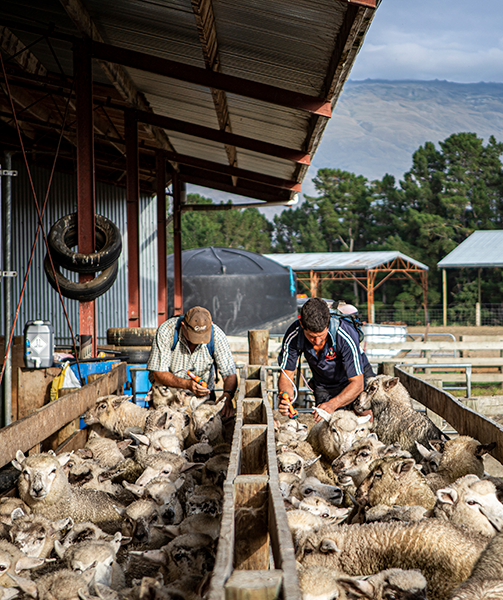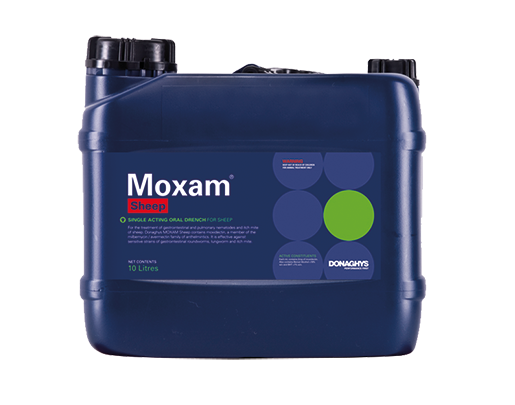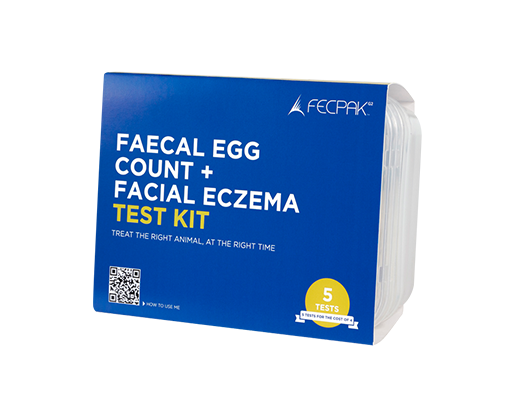Barber’s Pole Worm Spreading Across NZ
Words by Sean Daly – Business Development Manager - Animal Health at Donaghys
Haemonchus contortus or Barber’s Pole worm is an important production-limiting parasite for the New Zealand sheep farmer. Although previously only thought about in northern areas, Barber’s Pole is now more widespread across the country, including the northern half of the South Island.
The Barber’s Pole worm sucks blood, causing anaemia and death. This blood loss is estimated at 0.5 mL per worm per day, which is significant when worm counts of the Barber’s Pole worm in sheep can be in the thousands. Barber’s Pole worms also produce a lot of eggs, rapidly infesting pasture. These two things combined mean that disease from the Barber’s Pole worm can be quick and severe in the right conditions.
Signs of Barber’s Pole infestation include weakness, shortness of breath, depression and pale mucus membranes. The easiest place to check for paleness is the mucus membranes around the eyes. If you see these signs; you’re in an area known for Barber’s Pole challenge; and you’ve had warm wet conditions contributing to significant parasite challenge; then treatment for Barber’s Pole is indicated. A post-mortem of dead lambs is another way to diagnose Barber’s Pole worm.
Because of the large numbers of infective larvae and the severity of disease, the standard 28-day drenching program with a short- acting drench is insufficient to cope with these high levels of challenge.
You need to use a product with persistent efficacy against the Barber’s Pole worm, often containing moxidectin. Moxidectin has persistent activity for 35 days after drenching against Barber’s Pole worm, killing incoming parasites before they can do significant damage.
A recent survey* of New Zealand drench tests has shown that the Barber’s Pole worm had no diagnosed resistance to moxidectin. This gives farmers confidence that moxidectin will still protect their sheep against Barber’s Pole worm including a products persistent activity claims.
* https://www.awanuivets.co.nz/update-on-the-prevalence-of-anthelmintic-resistance-2021-2022/




